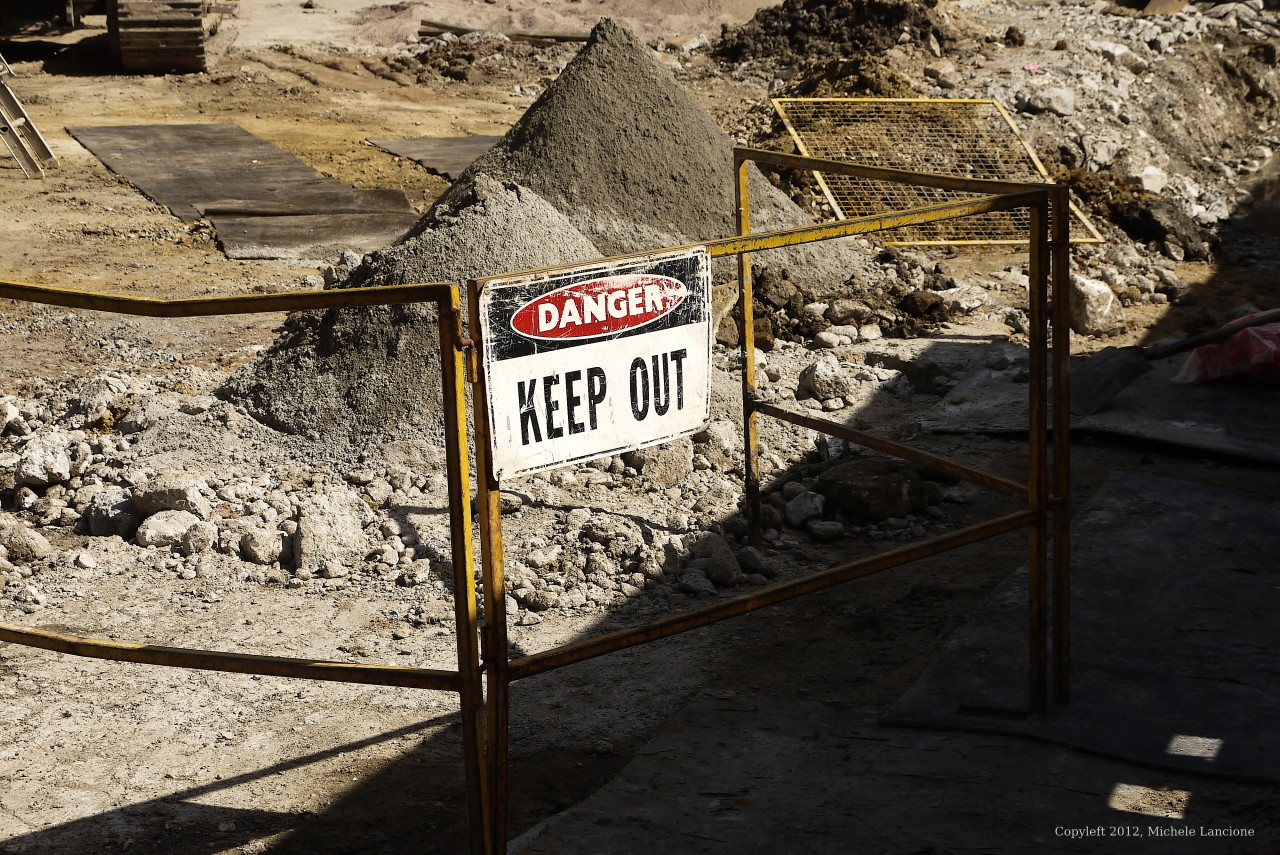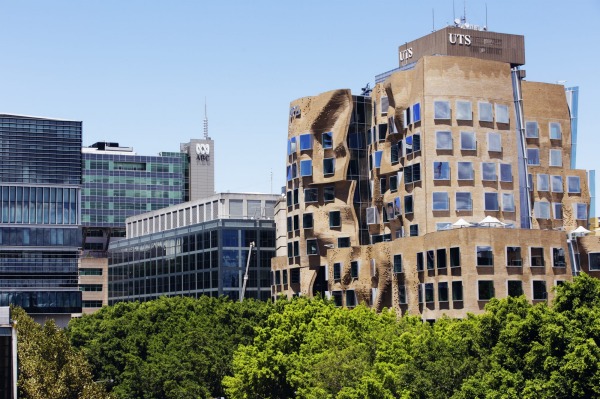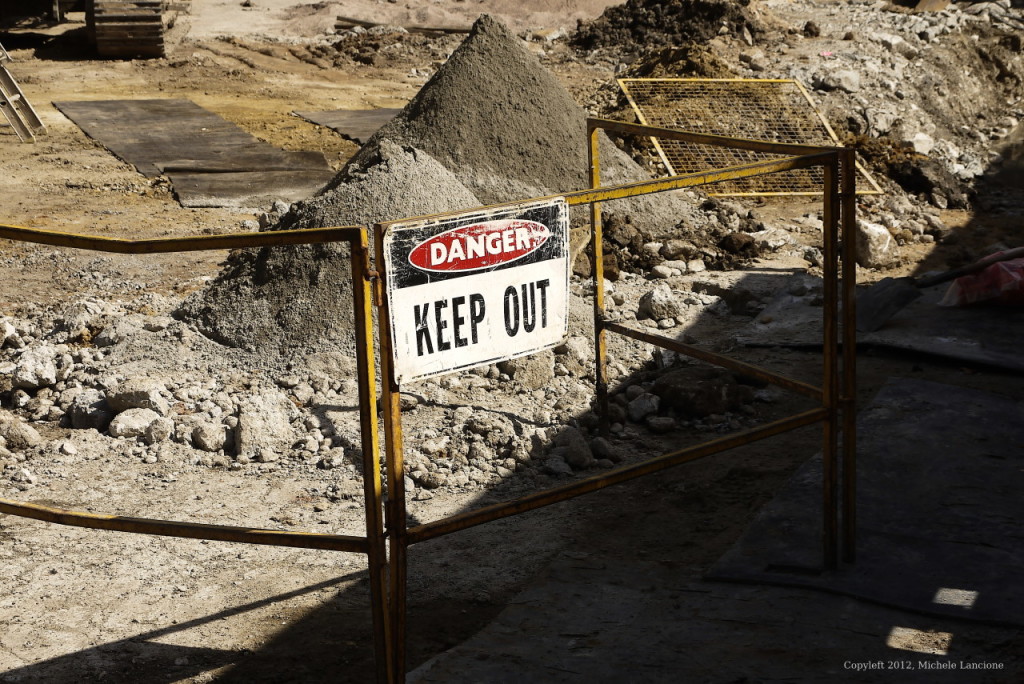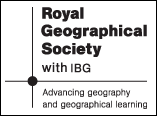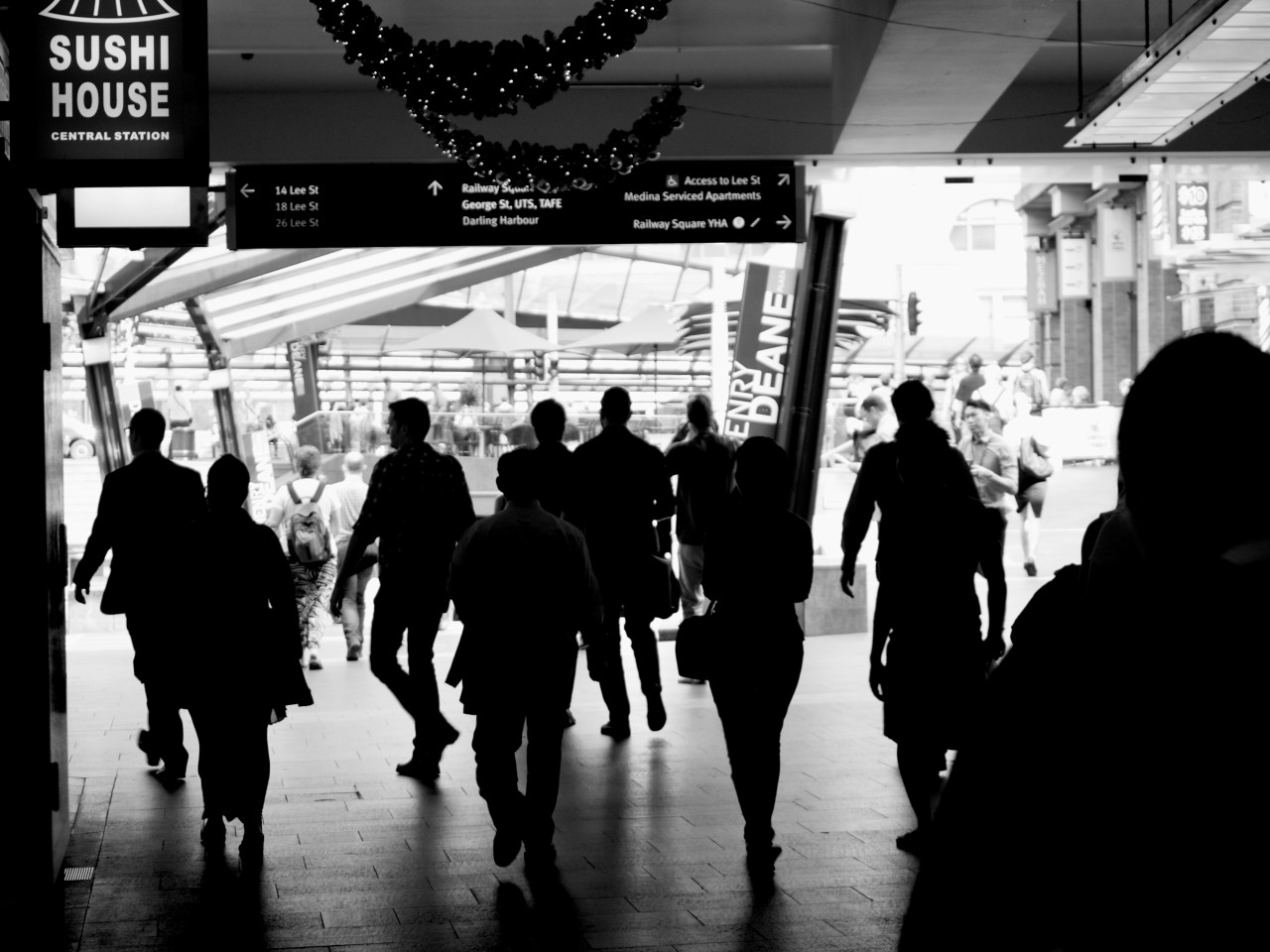
Francisco Calafate-Faria and myself have put together a CfP for the next AAG in San Francisco, 29 March-2 April 2016. You find it below and a pdf can be downloaded from here. Feel free to submit and circulate. Deadline for abstract is the 20th of October. The sessions will be followed by a panel of leading scholars discussing ‘Urban Dark Matter’.
The Dark Matter of the Urban: Forces, densities, velocities, affects, and more.
Session organizers:
Michele Lancione (University of Cambridge, UK)
Francisco Calafate-Faria (Goldsmith University, UK)
Being-in-the-city means being caught up in a maelstrom of bodies, technologies, atmospheres, velocities, and both fixed and fluid elements that are not easy to pin down and understand. Although sociology, anthropology, and human geography have built up a substantial body of scholarship on the urban form – one providing insights into analytically manageable aspects of being-human-in-the-city (such as the economic, the cultural, and the socio-relational spheres) – much has been left out of the picture. In recent years, a new scholarship proposing a focus on urban change and process, and a post-human perspective on the city has contributed greatly to a more nuanced understanding of how cities are and how they become. Outlines of a new urban theorization are emerging from scholars interested in urban assemblages (McFarlane, 2011b; Farías and Bender, 2010; Jacobs, 2012), socio-technical infrastructure (Amin, 2014; Simone, 2004; De Boeck, 2012; Silver, 2014), and vitalist ontologies (Amin, 2007; Braidotti, 2011; Bennett, 2010; Lancione, 2016).
Yet, it seems to us that there is something about cities that escapes the grammar currently employed to describe them. The increasing number of conceptualizations brought forward to grasp urban articulations is a disquieting signal of the tantalizing slipperiness of the urban form. These include Simone’s ‘people as infrastructure’ (2004) and his more recent ‘generic blackness’ (forthcoming); Amin’s ‘animated space’ (Amin, 2015); Chattopadhyay’s ‘infra-structure’ (2012); Piertese’s effort to grasp the ‘unknowable’ of the African city (2013); Thrift’s ‘outstincts’ (2014); McFarlane’s makeshift notions of learning and dwelling (2011a); Gandy’s ‘cyborg urbanization’ (2005), and De Boeck ‘knotting’ (2015) – to cite just a few.
Instead of seeing these attempts as theorization detached from urban praxis, we understand them as concrete attempts to come to terms with what we cannot see, yet perceive; with what we cannot properly theorize, yet foresee; with a new politics of the urban that is largely undefined, yet urgently needed. This is what we are provisionally calling the ‘dark matter’ of the urban: a substance made of times, spaces, forces, densities, velocities, movements, encounters, processes, and affects that is still largely unknown if palpable, perceived, and imaginable. We derive the term from Nigel Thrift and his discussion of Bruno Latour’s ‘hidden masses’ of the social (Latour, 2005). As Thrift puts it, ‘the human world contains a vast hinterland of ‘dark matter’ or ‘plasma’ that we do not understand and of which we often only feel as echoes and intimations which we cannot scry’ (2014, p.4). To research the city is often an attempt to understand such forces, of which we can only, at first, grasp the effects. When we think about and discuss urban assemblages, circuits, networks or meshworks, composed of data (ibid), knowledge (Macfarlane, 2011), human labor (Simone, 2004), finance capital (Simone, 2010), circulating materials (Knowles, 2014), heterotopic waste technologies (Campos, 2013), or migrants and elusive cosmopolitan elites in Michael Keith’s description of the “new dark London”, we are attempting new dialogues that may help us grapple with real problems lived by real people in various cities and in the city as form and process. In this sense, ‘dark matter’ is not here, as in physics, a product of theoretical speculation and rational calculation waiting to be disproved or confirmed by empirical facts. Reversely, the ‘dark matter of the urban’ signals the possibility that there is something unknown and potentially powerful that escapes our current understanding of being-in-the-city, that can be assessed in close dialogue with the empirical. How can we grasp this matter and its potential? How can we think about and theorize it? What do we do to research and account for it? Can it be possible to use it to imagine a radical, alternative form of urban theory and politics?
With this call, we are seeking cutting-edge, provoking papers – of both an empirical and theoretical nature – exploring ‘urban dark matter’, even if not necessarily using this formulation. We particularly welcome contributions from radical feminist, LGBT, and southern perspectives, which are currently underrepresented in the new urban theory we rely upon. As Santos (2014) and others we believe in the epistemological potential of underrepresented viewpoints. Papers should cover one or more of the aspects listed below:
- The city as a repository of energies and forces
- Empirical case studies on forces, densities, velocities, and affects
- Empirical or methodological reflections on accessing hidden processes of urban becoming
- Feminist, LGBT, southern, and non-mainstream perspectives on ‘urban dark matter’ and new urban theory
- Methodological challenges of investigating ‘urban dark matter’
- Oppositional and radical understanding of ‘urban dark matter’ and its potential
- The politics of ‘urban dark matter’ (new political imaginings brought forward by investigating the urban through its hidden forces)
- Critiques of existing scholarship on urban theory
- New theorizations of ‘urban dark-matter’
We plan to organize a few sessions revolving around the above points, followed by a panel including some of the scholars cited (whom we will ask to provide insights into what they conceive as the ‘dark matter’ of the urban, using selected videos and photos as a springboard for discussion).
We also welcome presentations in non-traditional and participatory formats. Abstract selection will be based on relevance to the CFP, boldness, and quality of the proposal. Short papers or presentations of max. 3,000 words must be circulated two weeks in advance of the conference.
Please send abstracts of no more than 250 words to Michele Lancione (ml710@cam.ac.uk) and Francisco Calafate-Faria (f.calafate@gold.ac.uk) by the 20th of October. We will confirm acceptance by the 23th and we expect you to register and submit your abstract on the AAG website by the 26th (here: http://www.aag.org/cs/http://www.aag.org/cs/annualmeeting/how_to_submit_an_abstract).
References
Amin, A., 2007. Re-thinking the urban social. City, 11(1), pp.100–114.
Amin, A., 2014. Lively Infrastructure. Theory, Culture & Society, 31(7/8), pp.137–161.
Amin, A., 2015. Animated space. Public Culture, 27(2), pp.239–258.
Bennett, J., 2010. Vibrant Matter: A Political Ecology of Things. Durham: Duke University Press.
Campos, M. (2013), `The function of waste urban infrastructures as heterotopias of the city: narratives from Gothenburg and Managua in Campos and Hall (eds) Organising Waste in the City: International perspectives on narratives and practices. Bristol: Policy Press
De Boeck, F., 2012. Infrastructure: Commentary from Filip De Boeck. Contributions from Urban Africa Towards an Anthropology of Infrastructure. Cultural Anthropology Online, 26 November. Available at: <http://production.culanth.org/curated_collections/11-infrastructure/discussions/7-infrastructure-commentary-from-filip-de-boeck>.
De Boeck, F., 2015. ‘Divining’ the city: rhythm, amalgamation and knotting as forms of ‘urbanity’. Social Dynamics, 41(1), pp.47–58.
Braidotti, R., 2011. Nomadic Theory. The Portable Rosi Braidotti. New York: Columbia University Press.
Chattopadhyay, S., 2012. Unlearning the City. Infrastructure in a new optical field. Minneapolis: University of Minnesota Press.
Farías, I. and Bender, T. eds., 2010. Urban Assemblages: How Actor-Network Theory Changes Urban Studies. London: Routledge.
Gandy, M., 2005. Cyborg Urbanization : Complexity and Monstrosity in the Contemporary City. International Journal of Urban and Regional Research, 29(1), pp.26–49.
Jacobs, J.M., 2012. Urban geographies I: Still thinking cities relationally. Progress in Human Geography, 36(3), pp.412–422.
Knowles, Caroline. 2014. Flip-Flop: A Journey Through Globalisation’s Backroads. London: Pluto.
Lancione, M. ed., 2016. Rethinking Life at the Margins. The Assemblage of Contexts, Subjects and Politics. Farnham: Ashgate.
Latour, B., 2005. Reassembling the Social. Oxford: Oxford University Press.
McFarlane, C., 2011a. Learning the City: Knowledge and Translocal Assemblage. Oxford: Wiley Blackwell.
McFarlane, C., 2011b. The City as Assemblage: Dwelling and Urban Space. Environment and Planning D: Society and Space, 29(4), pp.649–671.
Piertese, E. (2013). Grasping the unknowable: Coming to grips with african urbanisms. In E. Piertese & A. Simone (Eds.), Rogue Urbanism. Emergent African Cities (pp. 19–35). Auckland Park, South Africa: Jacana Media.
Santos, B (2014) Epistemologies of the South: Justice Against Epistemicide. Boulder: Paradigm
Silver, J., 2014. Incremental infrastructures: material improvisation and social collaboration across post-colonial Accra. Urban Geography, 3638 (September 2015), p. Published on line July, http://dx.doi.org/10.1080/. Available at: <http://dx.doi.org/10.1080/02723638.2014.933605>.
Simone, A., 2004. People as Infrastructure: Intersecting Fragments in Johannesburg. Public Culture, 16(3), pp.407–429.
Simone A.(2010) City Life from Jakarta to Dakar: Movements at the crossroads. New York: Routledge
Simone, A., n.d. Urbanity and Generic Blackness. Theory, Culture & Society.
Thrift, N., 2014. The ‘sentient’ city and what it may portend. Big Data & Society, 1(1), pp.1–21.
Like this:
Like Loading...
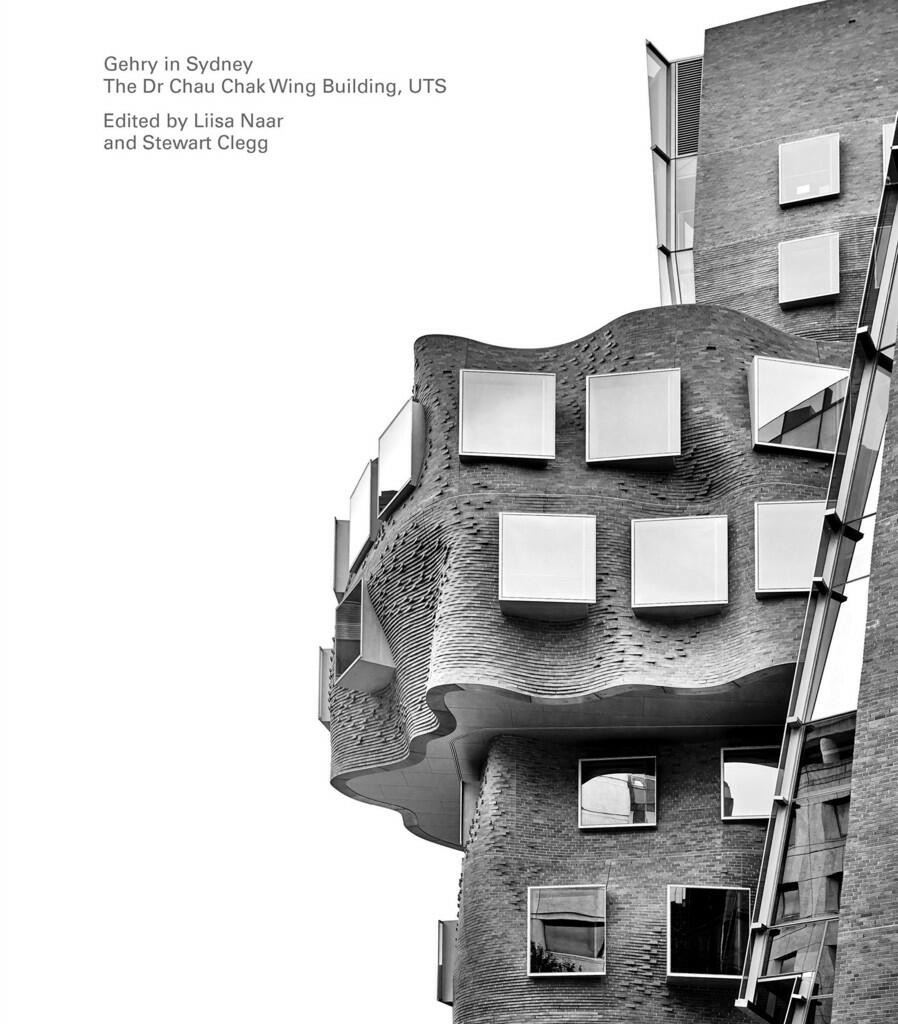
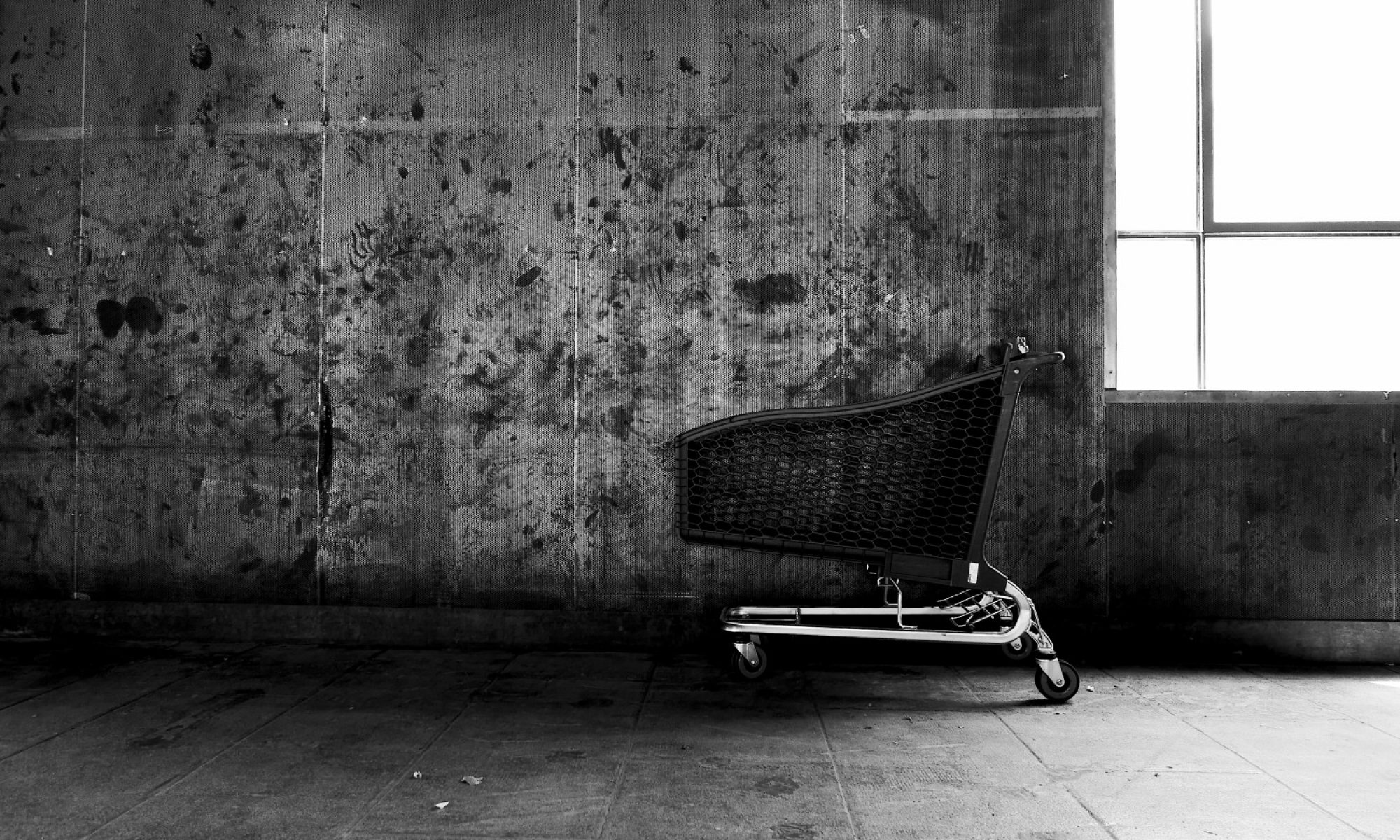
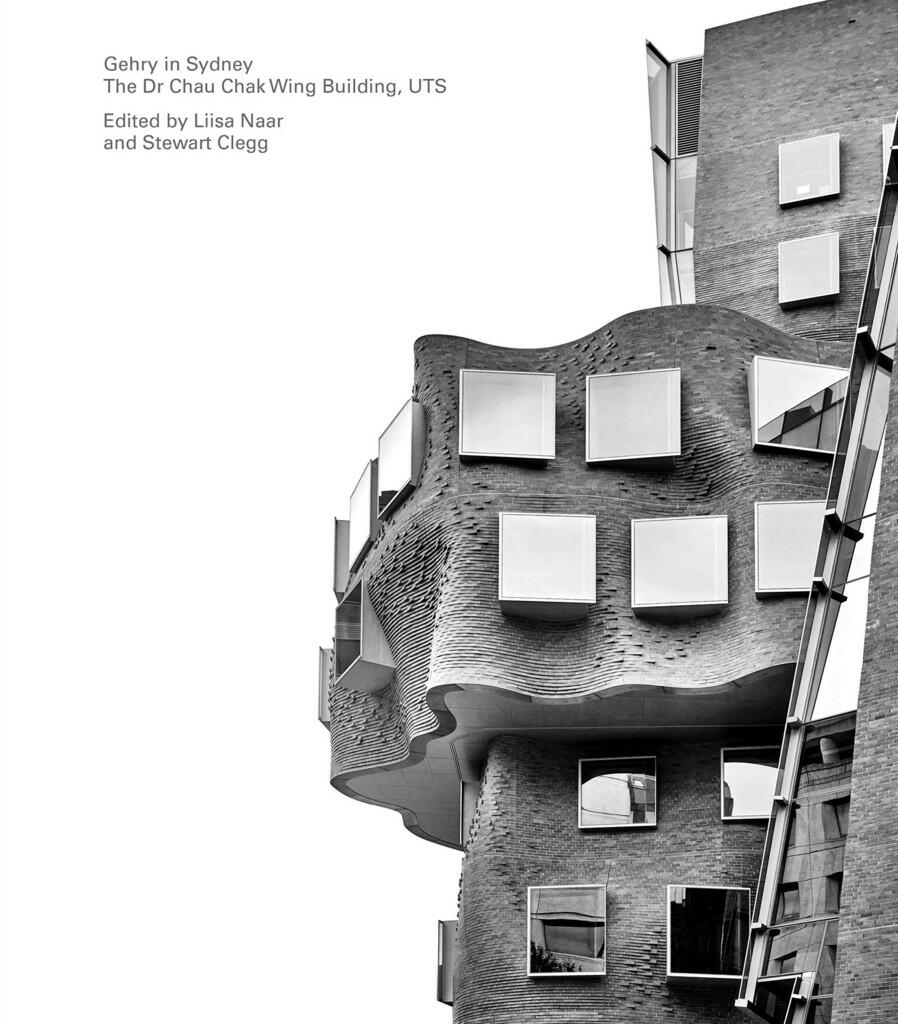

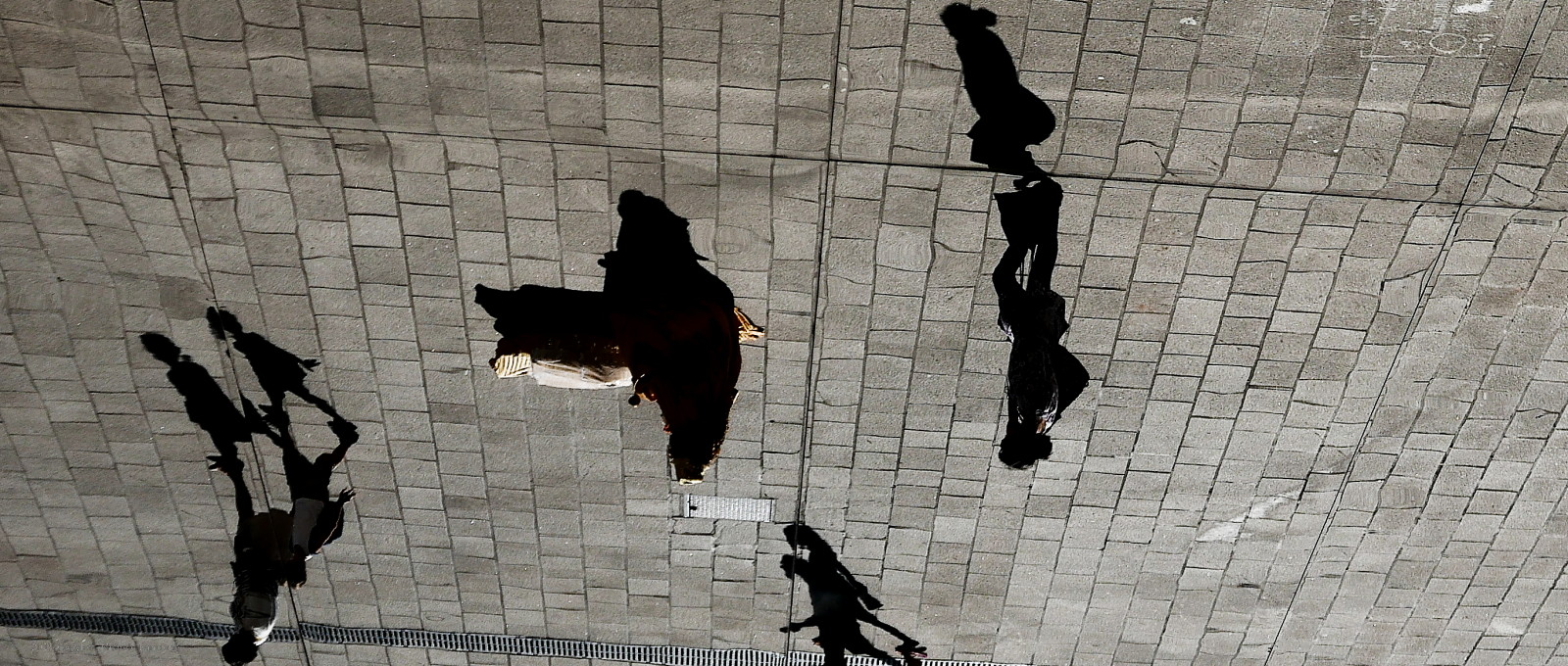
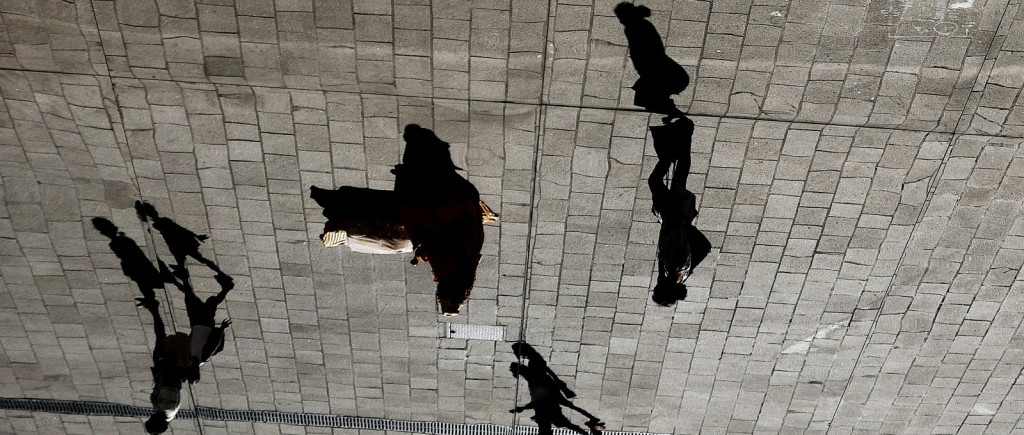

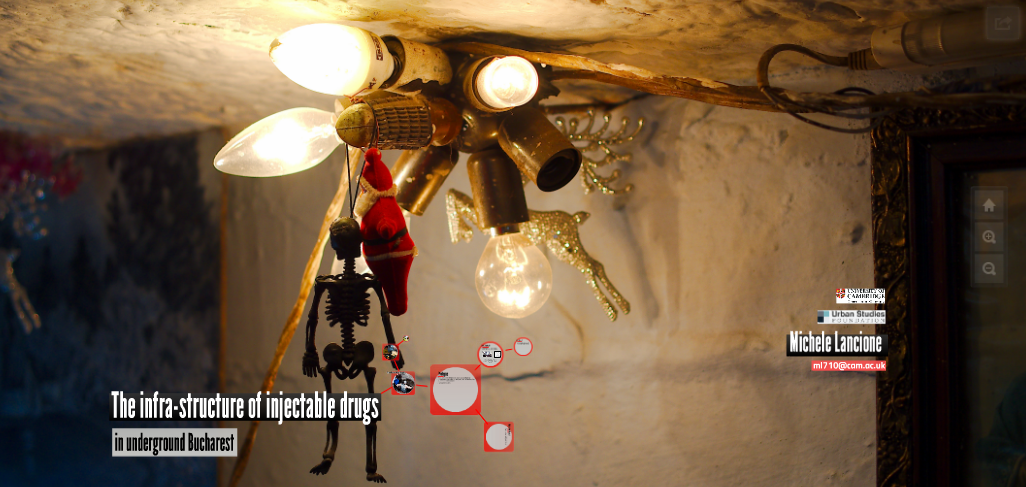
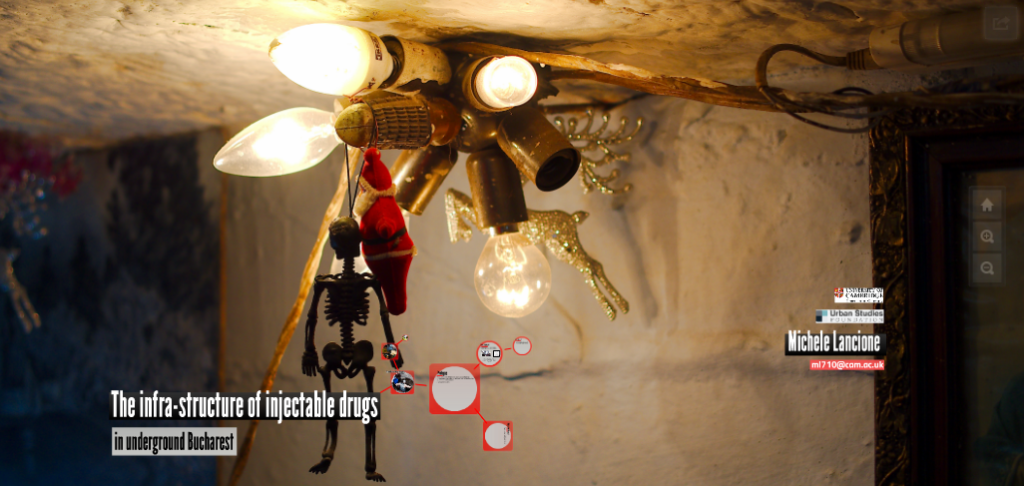
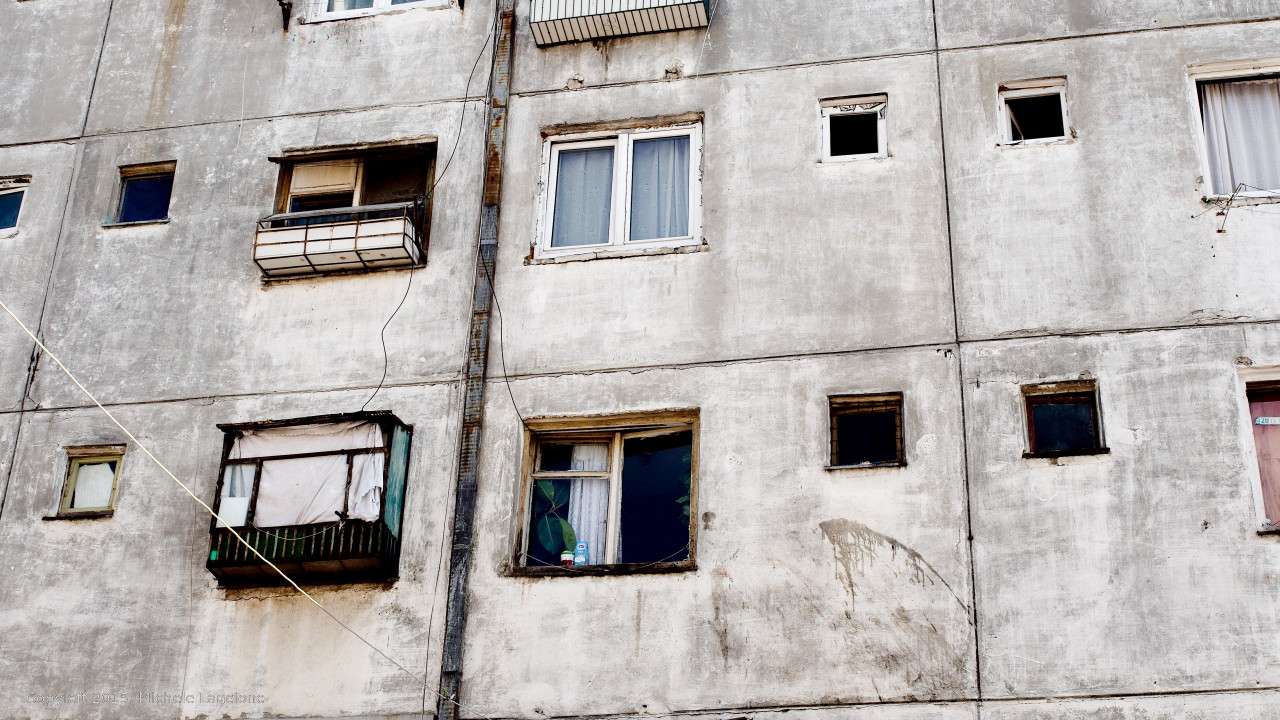
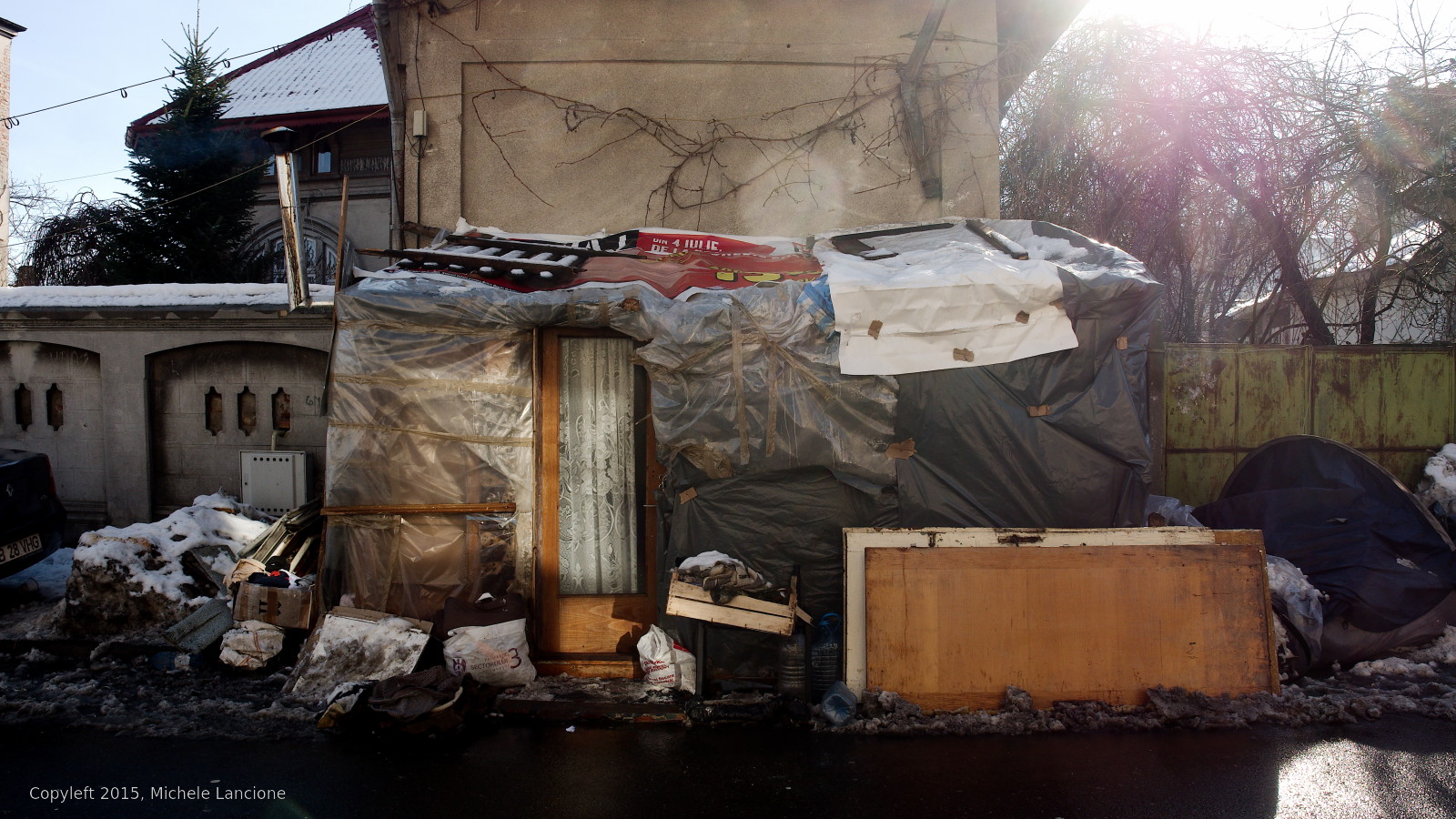

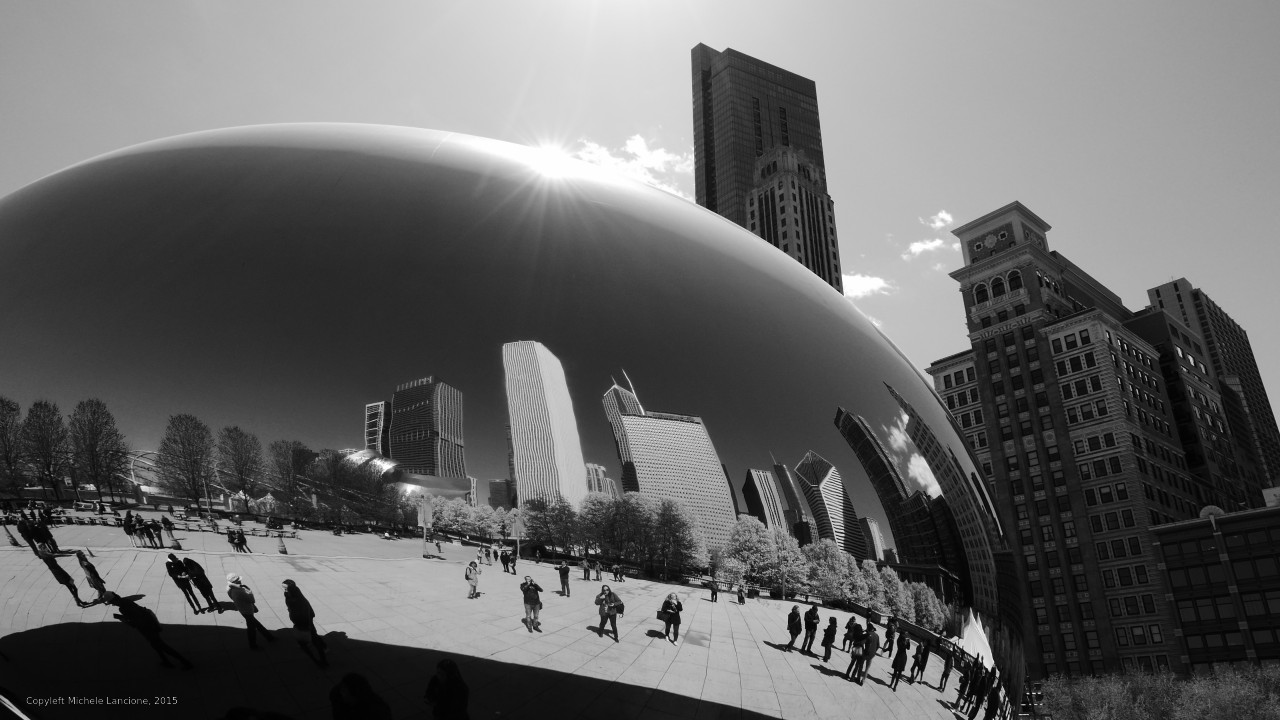 Great AAG this year in Chicago. Lots of people, stimulating talks and activities – all settled in the Windy City, which indeed is quite windy, but most of all urban: of skyscraper, tiny alley, fat large American buses, rust & rails – because it’s the elevated train that delivers it all.
Great AAG this year in Chicago. Lots of people, stimulating talks and activities – all settled in the Windy City, which indeed is quite windy, but most of all urban: of skyscraper, tiny alley, fat large American buses, rust & rails – because it’s the elevated train that delivers it all.